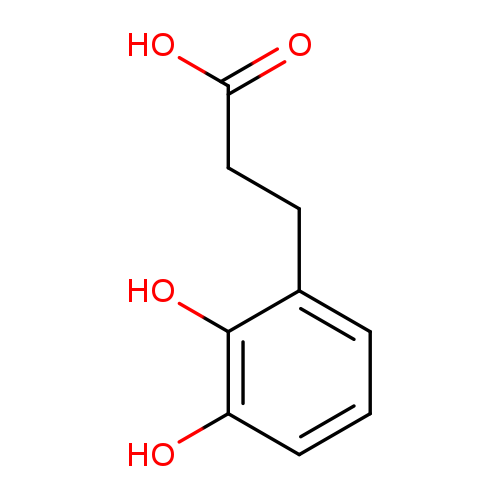
[1]Lam,WinnieW.Y.;Bugg,TimothyD.H.[JournaloftheChemicalSociety.Chemicalcommunications,1994,#10,p.1163-1164]
[1]Lin;Reid;Bugg[JournaloftheAmericanChemicalSociety,2001,vol.123,#21,p.5030-5039]
[2]Lin;Reid;Bugg[JournaloftheAmericanChemicalSociety,2001,vol.123,#21,p.5030-5039]
[1]Mendel,Sharon;Arndt,Andrew;Bugg,TimothyD.H.[ChemicalCommunications,2005,#5,p.666-668]
Title: Biomimetic formation of 2-tropolones by dioxygenase-catalysed ring expansion of substituted 2,4-cyclohexadienones.
Journal: Chembiochem : a European journal of chemical biology 20100125
Title: The complete multipartite genome sequence of Cupriavidus necator JMP134, a versatile pollutant degrader.
Journal: PloS one 20100101
Title: Interaction of 8-hydroxyquinoline with soil environment mediates its ecological function.
Journal: PloS one 20100101
Title: Degradation of chloroaromatics by Pseudomonas putida GJ31: assembled route for chlorobenzene degradation encoded by clusters on plasmid pKW1 and the chromosome.
Journal: Microbiology (Reading, England) 20091201
Title: 3-Hydroxyphenylpropionate and phenylpropionate are synergistic activators of the MhpR transcriptional regulator from Escherichia coli.
Journal: The Journal of biological chemistry 20090807
Title: Metabolic reconstruction of aromatic compounds degradation from the genome of the amazing pollutant-degrading bacterium Cupriavidus necator JMP134.
Journal: FEMS microbiology reviews 20080801
Title: Exploiting the pathway structure of metabolism to reveal high-order epistasis.
Journal: BMC systems biology 20080101
Title: Directed evolution of a non-heme-iron-dependent extradiol catechol dioxygenase: identification of mutants with intradiol oxidative cleavage activity.
Journal: Chembiochem : a European journal of chemical biology 20061201
Title: Xenobiotic reductase A in the degradation of quinoline by Pseudomonas putida 86: physiological function, structure and mechanism of 8-hydroxycoumarin reduction.
Journal: Journal of molecular biology 20060804
Title: 3-phenylpropionate catabolism and the Escherichia coli oxidative stress response.
Journal: Research in microbiology 20050401
Title: Lactone synthesis activity in a site-directed mutant of an extradiol catechol dioxygenase enzyme.
Journal: Chemical communications (Cambridge, England) 20050207
Title: Acid-base catalysis in the extradiol catechol dioxygenase reaction mechanism: site-directed mutagenesis of His-115 and His-179 in Escherichia coli 2,3-dihydroxyphenylpropionate 1,2-dioxygenase (MhpB).
Journal: Biochemistry 20041026
Title: Extradiol oxidative cleavage of catechols by ferrous and ferric complexes of 1,4,7-triazacyclononane: insight into the mechanism of the extradiol catechol dioxygenases.
Journal: Journal of the American Chemical Society 20010530